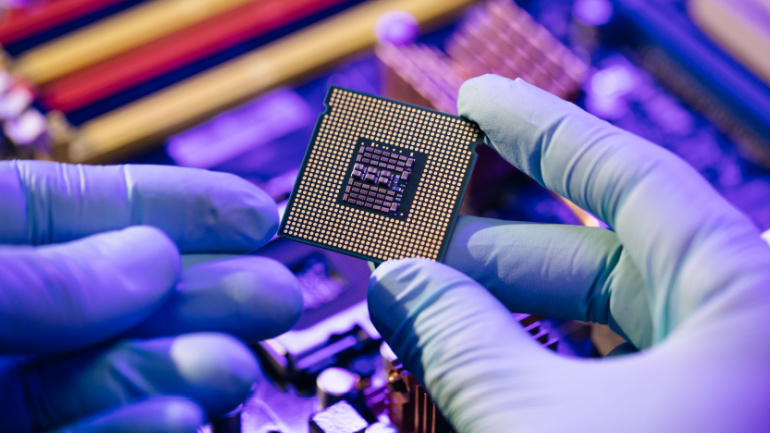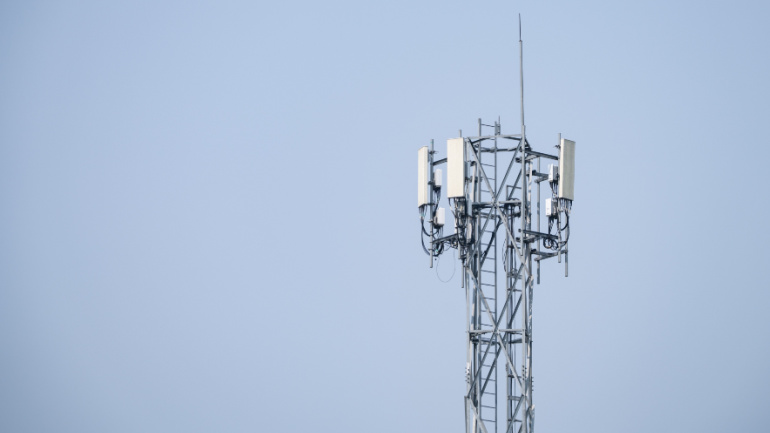Verizon’s laudable initiative, Verizon Innovative Learning, has achieved a milestone by bringing digital skills training to seven million students, aiming to address digital inclusion. Their ongoing efforts focus on underserved Title I schools, providing them with an integrated technology curriculum, advanced tech tools and free internet connectivity.
A research team led by Professor Wang Cheng from the Department of Electrical Engineering (EE) at City University of Hong Kong (CityUHK) has developed a world-leading microwave photonic chip that is capable of performing ultrafast analog electronic signal processing and computation using optics.
In a groundbreaking effort to enhance healthcare access and outcomes in Upstate New York’s rural areas, the University of Rochester Medical Center (URMC) has unveiled a novel initiative. This pioneering project introduces telehealth stations within local bank branches, aiming to mitigate the healthcare accessibility gap faced by rural communities.
Epsilon Telecommunications (Epsilon), a KT Corp. company and leading global interconnectivity provider, has appointed Damon (Young Seok) Lee as its Group Chief Executive Officer. Lee joins Epsilon with over 27 years of experience in the telecommunications and technology sectors, most recently serving as Vice President in KT’s Enterprise Business. He will lead Epsilon’s senior executive team with a focus on optimising the company’s business strategy and global growth.
IS-Wireless has marked a significant milestone in Poland’s telecommunications sector, unveiling the country’s first 5G campus network. Designed on the Open RAN model and utilizing local frequencies, this implementation at Bialystok University of Technology is primed to cultivate future 5G and 6G experts. The Open RAN, a rapidly expanding telecommunications model, allows for the integration of versatile components, offering a cost-effective and efficient solution.
The SubOptic Foundation’s latest report shines light on the sustainable potential of subsea telecommunications cables, often underrepresented in sustainability discussions. With a detailed coverage of sustainable practices, the report explores CO2 emissions tracking, renewable energy utilization, recycling strategies and more.
A first-of-its-kind system in the UK is being trialled in Edinburgh to see if waste heat from a large computing facility can be stored in disused mine workings and used to warm homes. The large amounts of energy needed to power the University of Edinburgh’s Advanced Computing Facility (ACF) could be recycled to heat at least 5,000 households in Scotland’s capital.
EPB, the city-owned broadband provider, has launched a new 2.5-gig residential internet service, expanding its symmetrical speed offerings on the fiber optic network. Priced at $97.99 per month, the 2.5-gig service comes with the installation of EPB’s Wi-Fi 6e router and is available across the service area. VP Katie Espeseth emphasized EPB’s commitment to diversifying network options, with an eye on providing service up to 25-gig.
An unprecedented advance in antenna technology can enable the manipulation of all five fundamental properties of electromagnetic waves through software control, according to researchers at City University of Hong Kong.
In an ambitious collaboration, Ericsson is partnering with Concordia University, the University of Manitoba, and the University of Waterloo to bolster cybersecurity for 5G networks, utilizing AI and automation solutions. Their objective: foreseeing and mitigating network breaches for both current 5G and upcoming 6G networks while navigating increasing network stress and complex security requirements.













